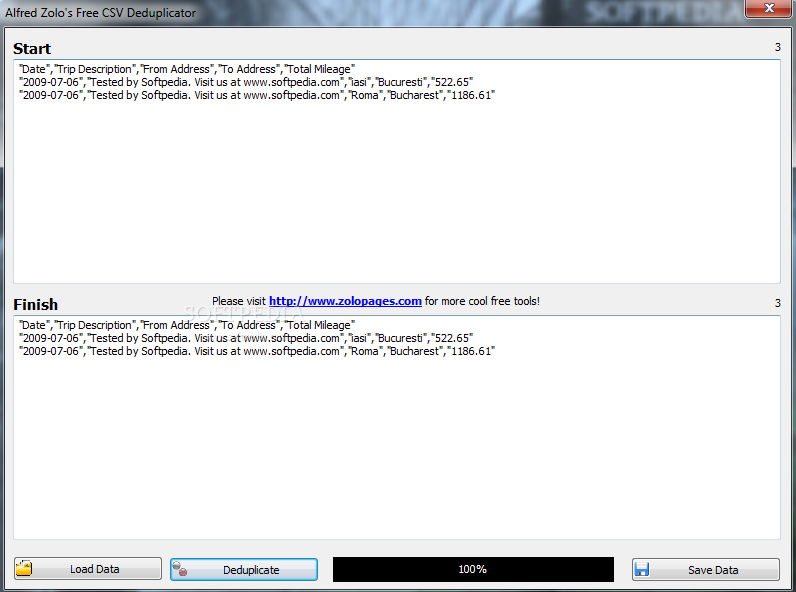
- BEST WINDOWS DEDUPLICATOR MANUAL
- BEST WINDOWS DEDUPLICATOR ARCHIVE
- BEST WINDOWS DEDUPLICATOR VERIFICATION
Maximum benefit is seen in virtual environments where multiple virtual machines are used for test/dev and application deployments. Savings due to deduplication can be inherited when using NetApp SnapMirror ® replication technology or Flash Cache ™ intelligent cachingĭeduplication is useful regardless of workload type.Integrated with other NetApp storage efficiency technologies.Can be applied to new data or to data previously stored in volumes and LUNs.
BEST WINDOWS DEDUPLICATOR ARCHIVE
BEST WINDOWS DEDUPLICATOR VERIFICATION

When data is written to the system, the inline deduplication engine scans the incoming blocks, creates a fingerprint, and stores the fingerprint in a hash store (in-memory data structure).Īfter the fingerprint is computed, a lookup is performed in the hash store.

The core enabling technology of deduplication is fingerprints - unique digital signatures for all 4KB data blocks. How does deduplication work?ĭeduplication operates at the 4KB block level within an entire FlexVol® volume and among all the volumes in the aggregate, eliminating duplicate data blocks and storing only unique data blocks. It runs behind the scenes, regardless of what application is run or how the data is being accessed (NAS or SAN).ĭeduplication savings are maintained as data moves around – when the data is replicated to a DR site, when it’s backed up to a vault, or when it moves between on premises, hybrid cloud, and/or public cloud. The performance overhead is minimal for deduplication operations, because it runs in a dedicated efficiency domain that is separate from the client read/write domain.
BEST WINDOWS DEDUPLICATOR MANUAL
Deduplication is turned on by default, and the system automatically runs it on all volumes and aggregates without any manual intervention. It is run opportunistically as an inline process so that it doesn’t interfere with client operations, and it is run comprehensively in the background to maximize savings. Data deduplication is a process that eliminates excessive copies of data and significantly decreases storage capacity requirements.ĭeduplication can be run as an inline process as the data is being written into the storage system and/or as a background process to eliminate duplicates after the data is written to disk.Īt NetApp, deduplication is a zero data-loss technology that is run both as an inline process and as a background process to maximize savings.


 0 kommentar(er)
0 kommentar(er)
